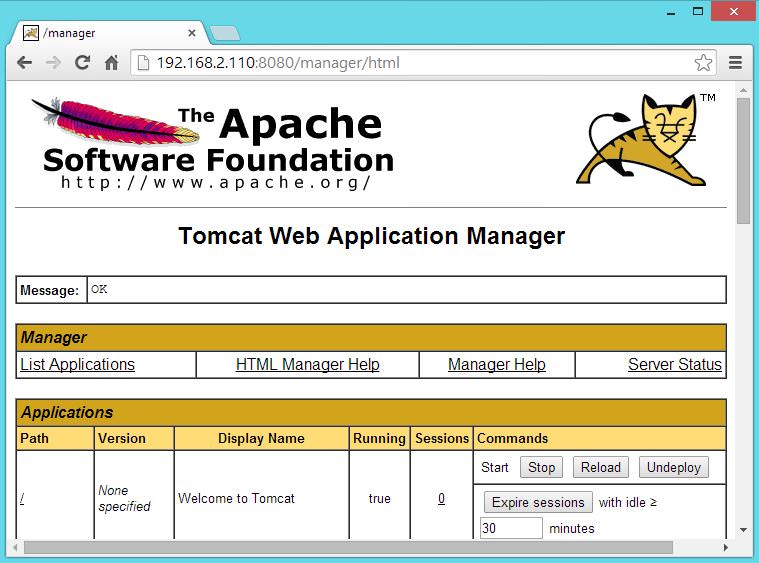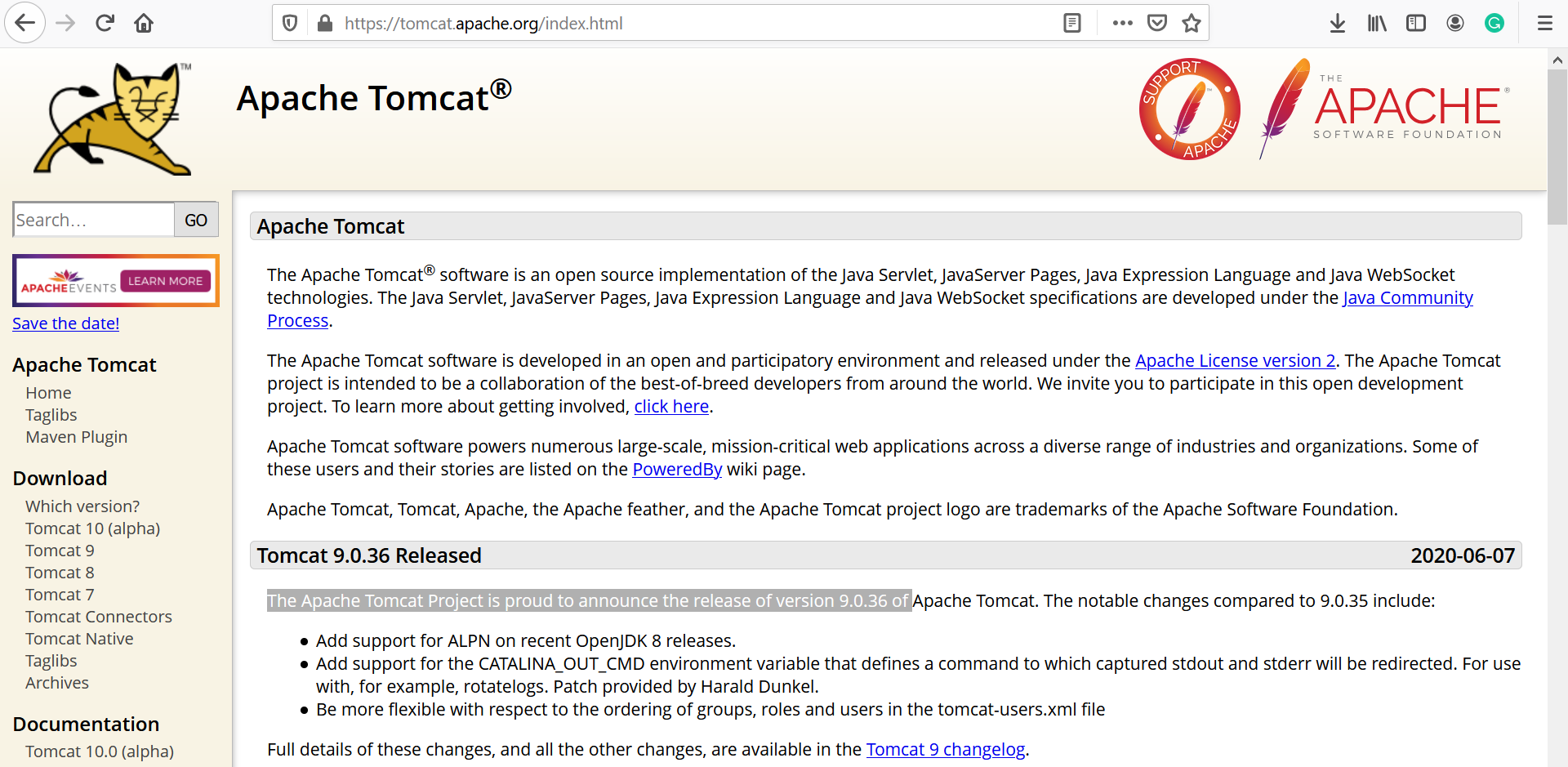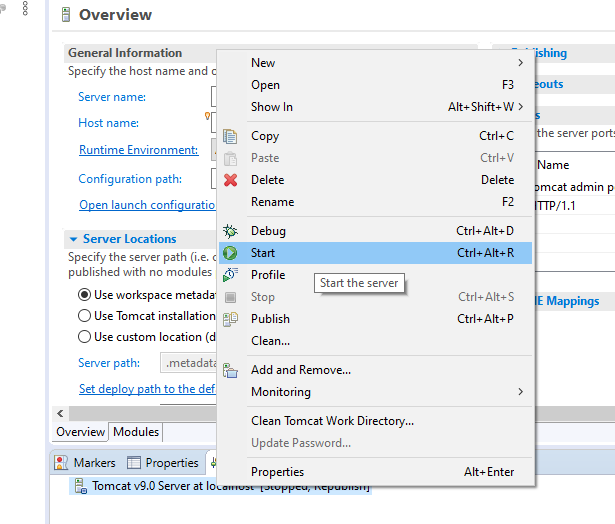

Pages in an untrusted zone would have a lesser level of access to the system and/or be restricted in the types of executable content it was allowed to invoke. In a zone-based model, pages belong to one of a set of zones corresponding to the level of privilege assigned to that page. This is a privilege elevation attack targeted at zone-based web-browser security.
APACHE TOMCAT 6.0.24 CODE
It can be difficult to protect against this attack since the URL can contain other format of encoding such as UTF-8 encoding, Unicode-encoding, etc.Īn attacker is able to cause a victim to load content into their web-browser that bypasses security zone controls and gain access to increased privileges to execute scripting code or other web objects such as unsigned ActiveX controls or applets. An attacker will try to craft an URL with a sequence of special characters which once interpreted by the server will be equivalent to a forbidden URL. Since the server decodes the URL from the requests, it may restrict the access to some URL paths by validating and filtering out the URL requests it received. This is often referred as escaped ending or percent-encoding.

For instance US-ASCII space character would be represented with %20. Special characters are represented using a percentage character followed by two digits representing the octet code of the original character (%HEX-CODE). A URL may contain special character that need special syntax handling in order to be interpreted. An attacker can take advantage of the multiple ways of encoding a URL and abuse the interpretation of the URL. As Tomcat is forcibly removing these objects, it is not a serious concern that these log messages occur.This attack targets the encoding of the URL combined with the encoding of the slash characters.

There is a memory leak detection feature introduced in Tomcat 6.0.25 that attempts to log objects that have failed to be unregistered by webapps it hosts when they are stopped, and were forcibly unregistered by Tomcat. To prevent a memory leak, the ThreadLocal has been forcibly removed SEVERE: A web application created a ThreadLocal with key of type (value and a value of type (value ) but failed to remove it when the web application was stopped. This is very likely to create a memory leak.ģ:50:57 PM .WebappClassLoader clearReferencesThreads SEVERE: A web application appears to have started a thread named but has failed to stop it. 3:50:57 PM .WebappClassLoader clearReferencesThreads

To prevent a memory leak, the timer (and hence the associated thread) has been forcibly cancelled.
APACHE TOMCAT 6.0.24 DRIVER
To prevent a memory leak, the JDBC Driver has been forcibly unregistered.3:50:57 PM .WebappClassLoader clearReferencesJdbcģ:50:57 PM .WebappClassLoader clearReferencesStopTimerThreadSEVERE: A web application appears to have started a TimerThread named via the API but has failed to stop it. To prevent a memory leak, the JDBC Driver has been forcibly unregistered.ģ:50:57 PM .WebappClassLoader clearReferencesJdbcSEVERE: A web application registered the JBDC driver but failed to unregister it when the web application was stopped. SEVERE: A web application registered the JBDC driver but failed to unregister it when the web application was stopped. When shutting down Tomcat, Catalina reports multiple threads have failed to stop:ģ:50:57 PM .WebappClassLoader clearReferencesJdbc INFO: Jk running ID=0 time=0/19 config=null3:10:31 PM .Catalina start INFO: Starting Coyote HTTP/1.1 on http-8080ģ:10:31 PM .common.ChannelSocket initINFO: JK: ajp13 listening on /0.0.0.0:8009ģ:10:31 PM .server.JkMain start INFO: Deploying web application directory ROOT3:10:31 PM 11.Http11Protocol start INFO: Deploying configuration descriptor confluence.xml INFO: Starting Servlet Engine: Apache Tomcat/6.0.263:10:23 PM .HostConfig deployDescriptor INFO: Initializing Coyote HTTP/1.1 on http-80803:10:23 PM .Catalina loadģ:10:23 PM .StandardService startINFO: Starting service Catalinaģ:10:23 PM .StandardEngine start


 0 kommentar(er)
0 kommentar(er)
